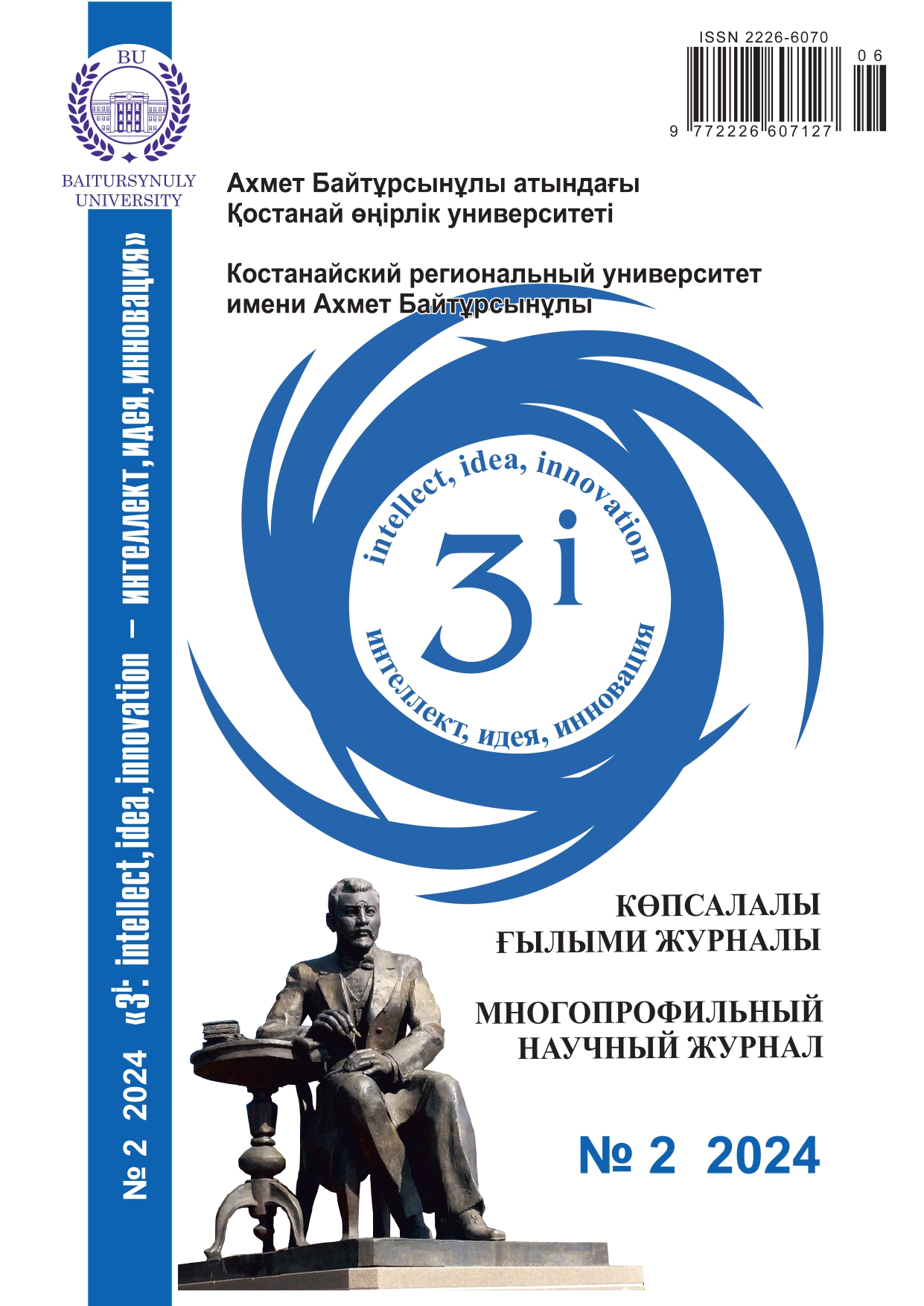WAYS TO FORM THE CREATIVE ACTIVITY OF PRIMARY SCHOOL STUDENTS DURING THE HANDICRAFT LESSONS
DOI:
https://doi.org/10.52269/22266070_2024_2_165Keywords:
primary students, creative activity, handicraft lessons, cognitive ability, creative thinkingAbstract
The problem of shaping personality of a student possessing the skills of creative knowledge application in the educational process demands attention and investigation. A person equipped with such skills can enact changes in societal development and become an active participant in the process. To assess the relevance of the article, an analysis of regulatory documents and research by both domestic and foreign scientists working in this field was conducted. Consequently, definitions of the concept of "creative activity" were proposed. Additionally, the article described components essential for developing creative activities in young students, including motivational, creative-cognitive, and intellectual aspects, and outlined their criteria and indicators. The goal of the study is to identify methods for fostering creative actions in the educational process. These actions should be purposeful and principled, encourage unconventional thinking skills, and support universal learning activities that lead to various forms of self-expression.
The experimental cohort comprised 63 students of 2nd grade (groups "A" and "B") of the General Secondary School № 49. The experimental work was divided into three stages: ascertaining, forming, and controlling. At the ascertainment stage, a new level was determined using the methodology of creative thinking by P. Torrens, while at the formation stage, three approaches were considered: project-based learning (PBL), utilization of media resources, and STEM learning. The results of the comparative analysis demonstrated the effectiveness of the work during the formation stage.




